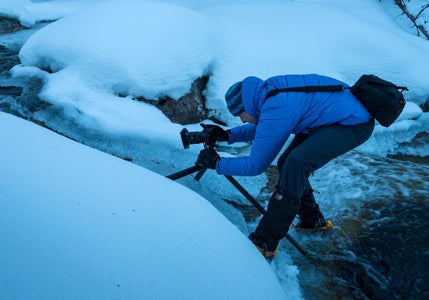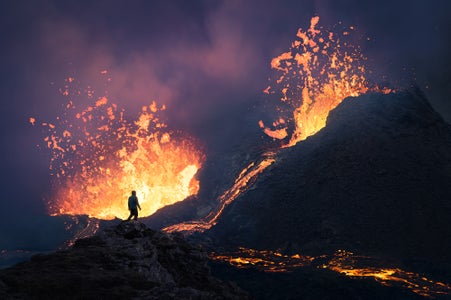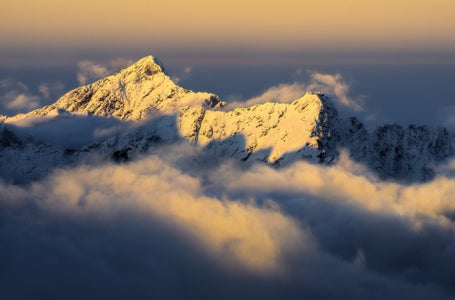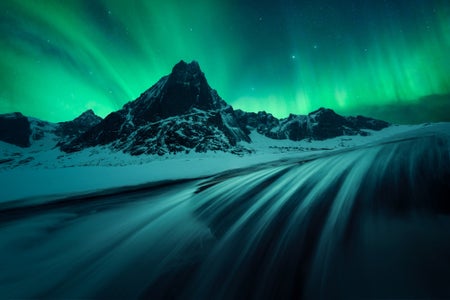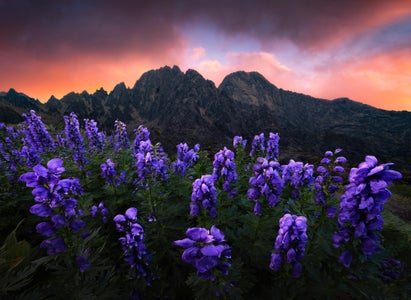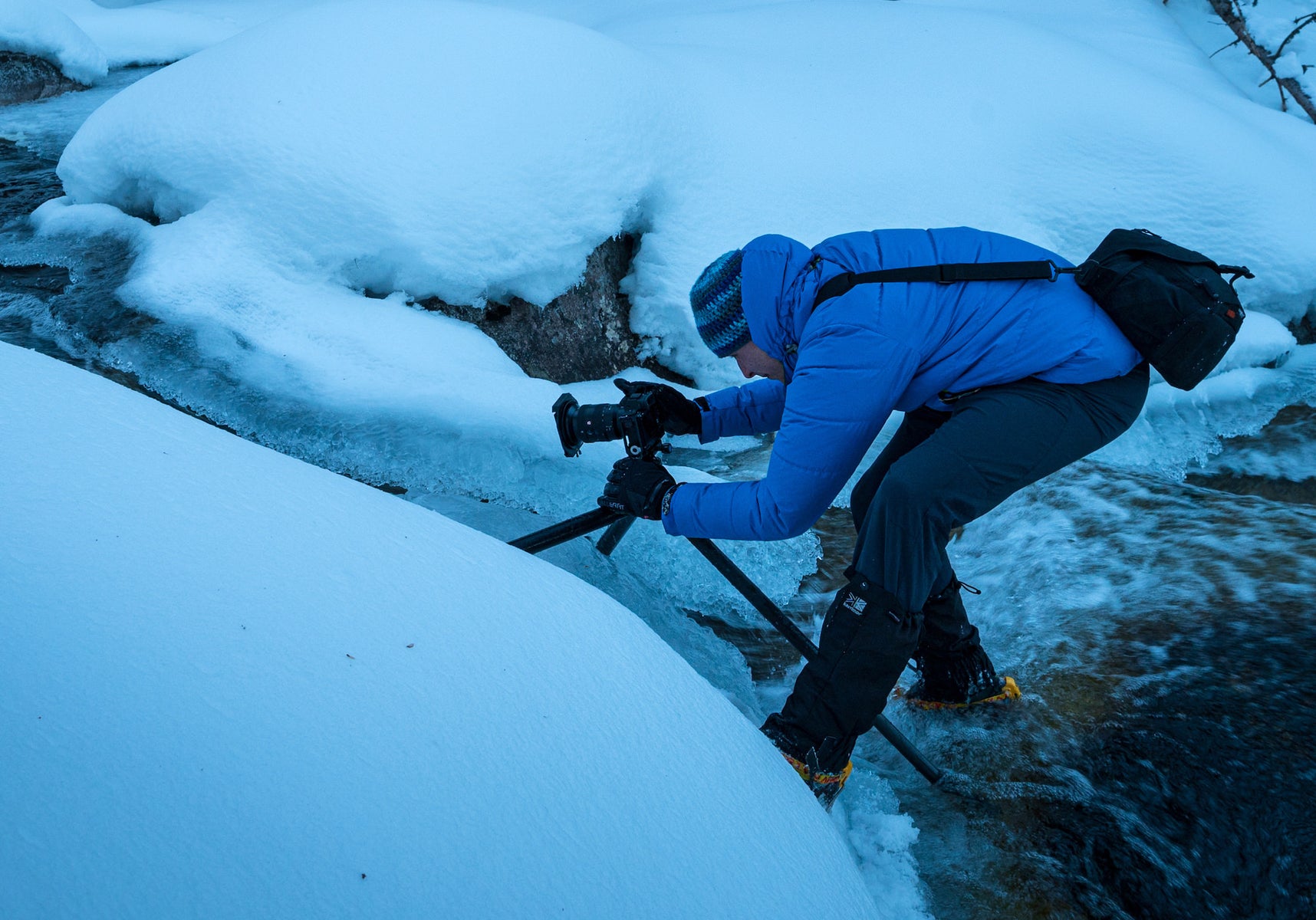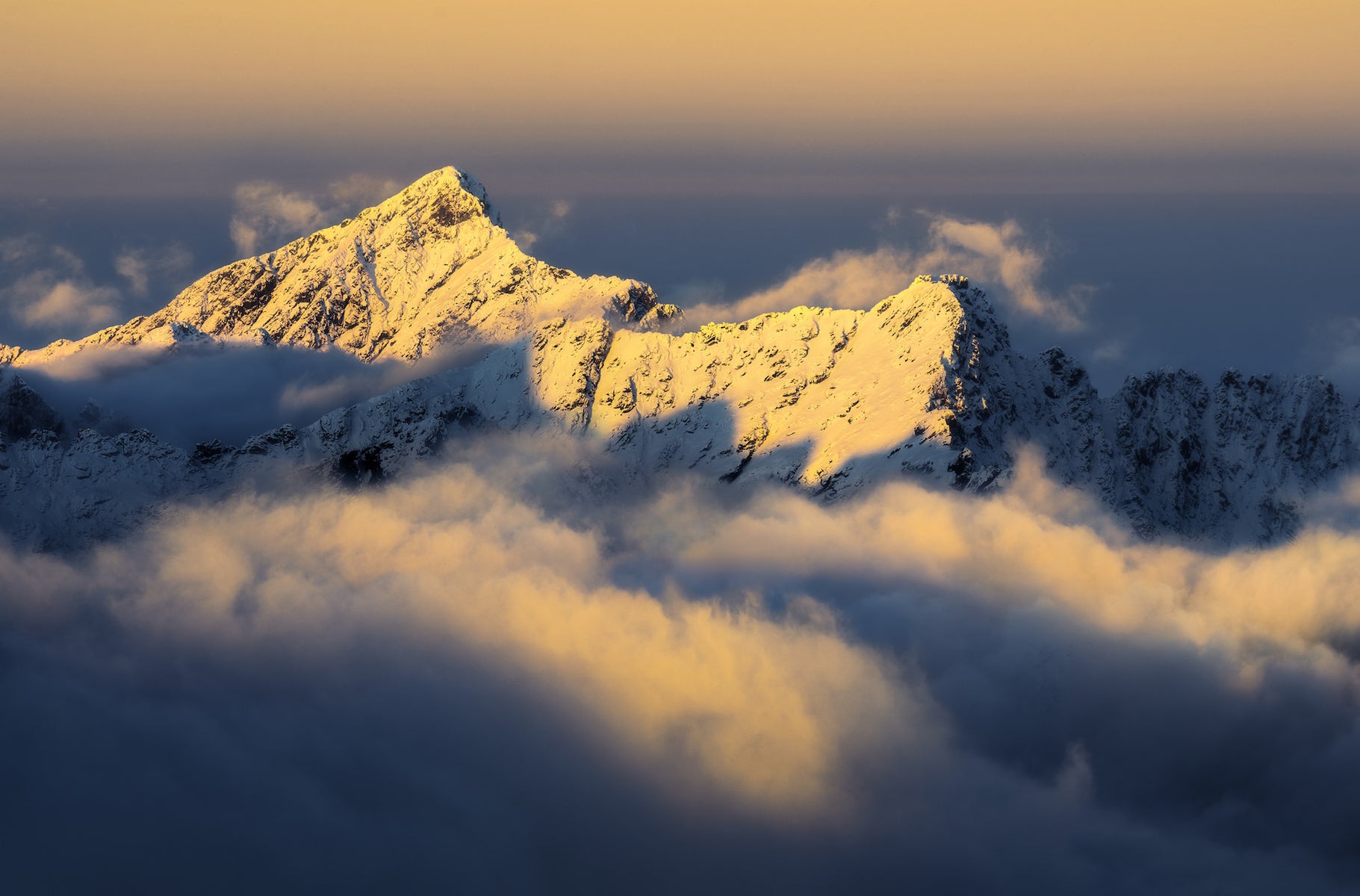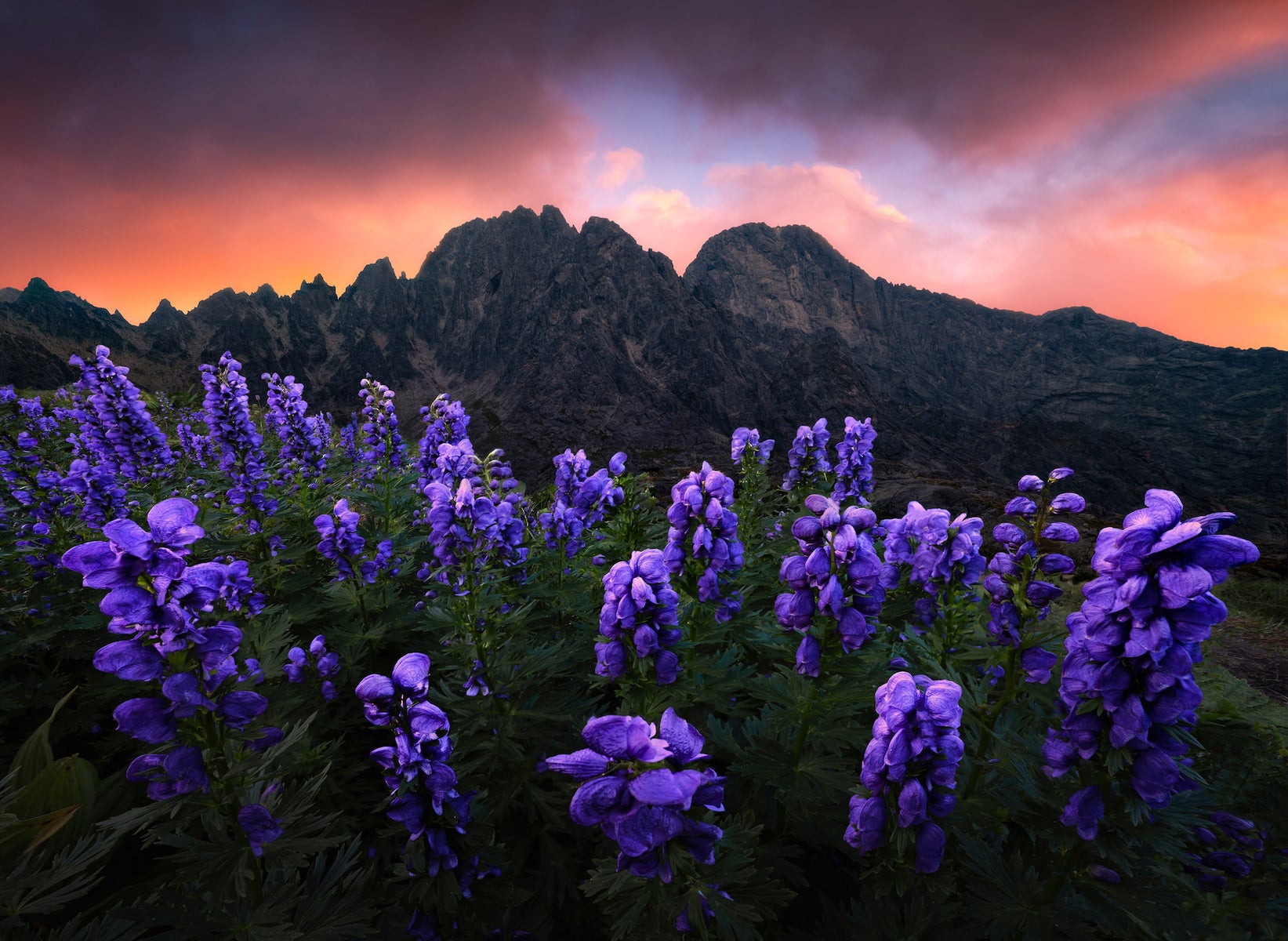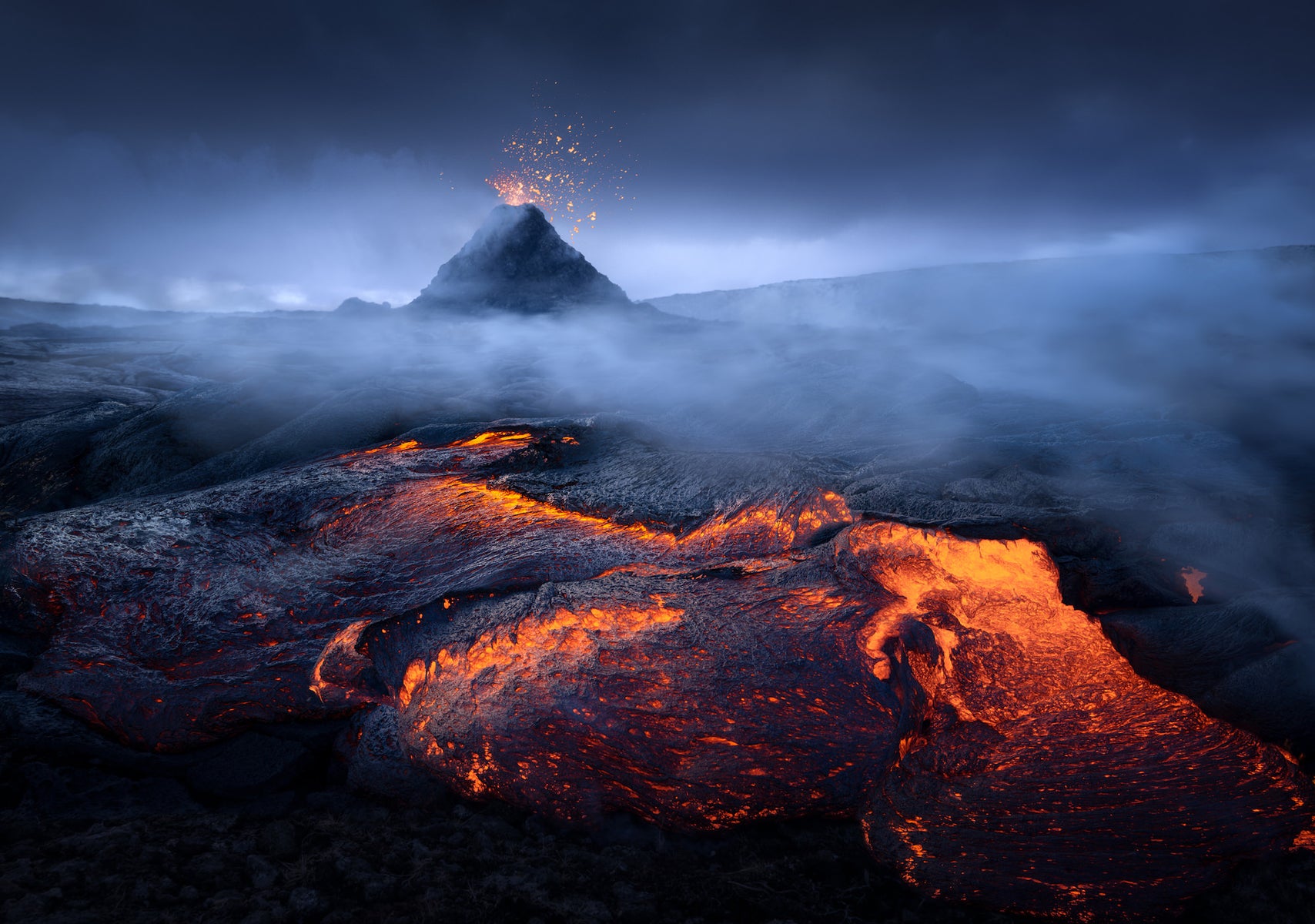Filip Hrebenda (@filiphrebenda) is a full-time fine-art landscape photographer and photo workshop leader. “I have loved mountains and nature ever since I was a child,” he says. “That's why I spent a lot of time in the high mountains. It was my relationship with the wild landscapes and the mountains that led me to landscape photography. I’m a person who gets into things deeply, so, this hobby really bit into me. The beauty of nature drew me to take pictures and photography drew me to discover new beauties of nature. It was intense. After a few years, several successes and international awards, I began to devote myself to photography full-time. I began organizing workshops and expeditions, where I pass on my experience to other photographers.”
Arctic cold, hot lava and heavy mountain rains…fine-art landscape photographer Filip Hrebenda shows us the Sony Alpha camera and Sony lenses he uses in some of the harshest conditions on earth.
Hrebenda now lives in a small town called Revúca, which is located between several Slovak national parks. His work is characterized by the sensitive use of colors, light and lines that natural landscapes include. “With these aspects, I'm trying to transfer the mood and emotions of shooted locations to the viewer,” he explains. “Because I try to capture the wildness of nature, I’m often shooting in difficult conditions. I’m working in the Arctic cold, near hot lava or in heavy mountain rains. So, I need my photo equipment to be resistant to extreme weather. That's one of the reasons why I use the Sony system.” Keep reading as he shares the Sony Alpha cameras, Sony lenses and more that you’ll find in his photography kit.
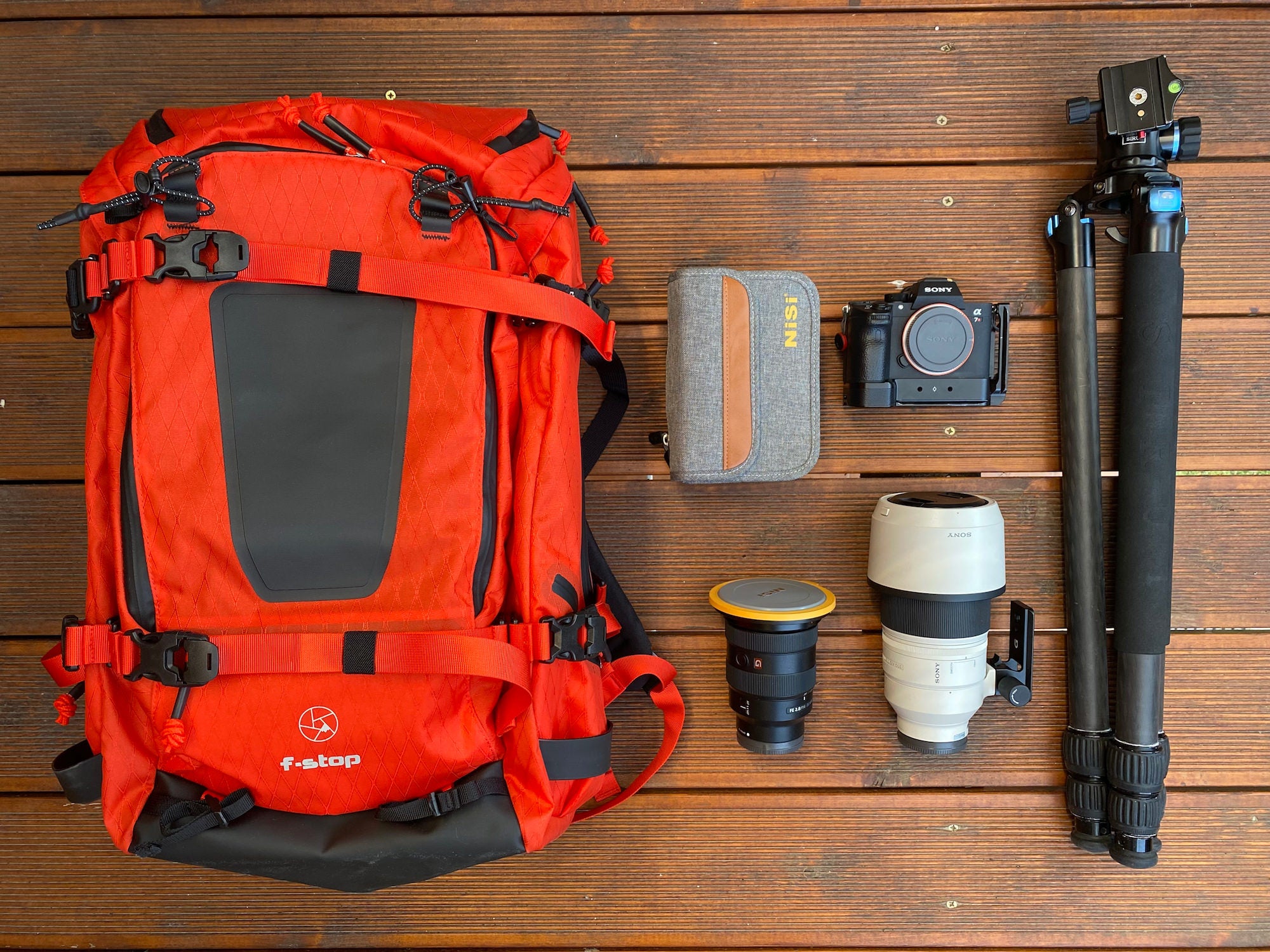
Cameras
Sony Alpha 7R III: In my opinion, this body is an ideal choice for a landscape photographer like me. Compared to heavy DSLRs, it is much easier to carry in a backpack. But despite the lower weight, it does not lose on quality. I often print my work in large format. That's why 42 megapixels is very useful for me. If necessary, cropping is not a problem because I still have enough resolution for printing. Compared to the previous model, this body also has excellent battery life. When I first took pictures with him in the winter conditions, I was amazed at how much battery in mirrorless could last. For a 10-day winter photo-trip in the north of Norway, four batteries were enough for me. I also really like how simple the controls are to operate. I’m always shooting in Manual mode and all controls are easily accessible.
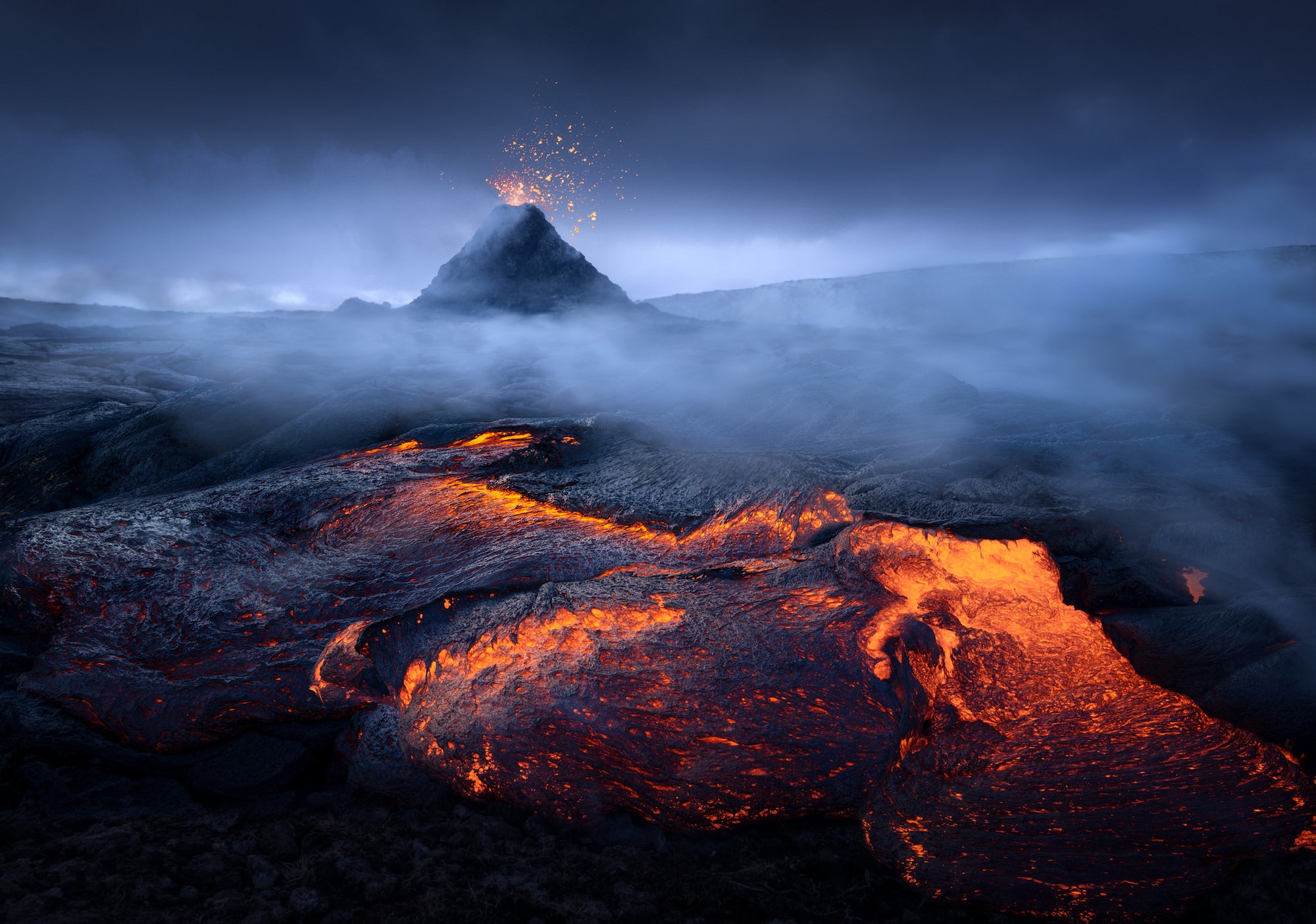
Photo by Filip Hrebenda. Sony Alpha 7R III. Sony 16-35mm f/2.8 G Master. 1/320-sec., f/8, ISO 100
The next thing I love about the Sony Alpha 7R III is its precise Focus Peaking. By focusing manually and often shooting in inaccessible terrain, sometimes I can't get to the viewfinder. At that time, precise focus peaking on the display makes my job much easier.
What I like most about the actual camera body, however, is its resilience. I have been using it for two years. During that period, this body went on many photo-trips with me in Iceland, Norway, the Alps, the Slovak Mountains – it often survived a long photo shoot at -30°C. I’m photographing with it regularly in heavy rain and wet conditions. The hot lava didn't create any issues either. Sea waves splashed my Alpha 7R III several times. Nevertheless, it still works flawlessly and so I'm not limited in the search for creative compositions.
Lenses
Sony 16-35mm f/2.8 G Master: The 16-35mm f/2.8 GM is a real workhorse. As a landscape photographer, I often use a wide angle to capture big, dramatic scenes. And that's why this lens is an integral part of my photography equipment. I chose it for several reasons. First of all, it's perfectly sharp. Sharpness is something I'm very strict about in my photography, and this lens meets the highest standards. It also has a very pleasant wide-angle distortion, which I use when photographing scenes with a strong foreground, such as mountain flowers. Thanks to the f/2.8 aperture, I also like to use this lens for night photography of stars and the northern lights. So for me, the 16-35mm GM is a multifunctional piece of equipment. Although it is a wide-angle lens, it still does not have a bulgind convex front elemement, so I can also use photo-filters. In addition, like the body, this lens is very durable. Together with the body, it survived all the difficult conditions that I described above.

Photo by Filip Hrebenda. Sony Alpha 7R III. Sony 16-35mm f/2.8 G Master. 1/13-sec., f/13, ISO 100
Sony 100-400mm f/4.5-5.6 G Master: The best telephoto lens I've ever held in my hands. With its low weight and size, it offers an excellent zoom range in case an awesome scene appears in the distance. It weighs only 1400g and therefore It doesn’t feel like a “heavy brick” in my backpack, unlike my old DSLR telephoto lenses. Even at 400mm, this lens is perfectly sharp, which surprised me at first. I really like to use this lens when photographing mountain peaks, but also minimalist scenes. I really like the smooothness of zoom control on the lens. The 100-400mm GM is a great tool when I want to be precise, or when I decide to compose a panorama. The stabilization on the lens is also excellent, so I can safely take pictures hand held when there's not time to pull out the tripod. Also, I have to emphasize the lens' durability. It often got wet and froze over, but it still works without any problems.
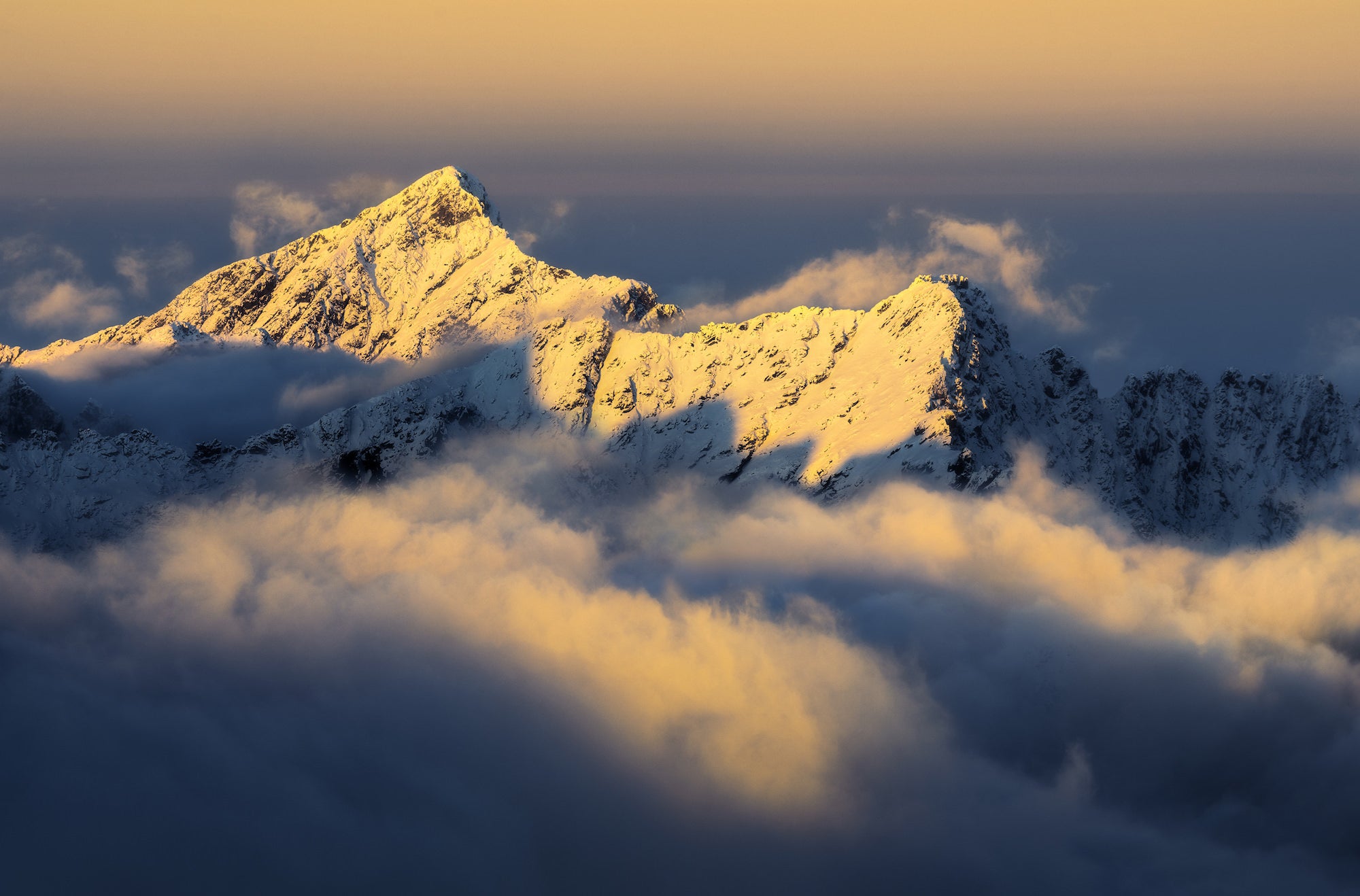
Photo by Filip Hrebenda. Sony Alpha 7R III. Sony 100-400mm f/4.5-5.6 G Master. 1/50-sec., f/9, ISO 100
Accessories
f-stop Tilopa backpack: The first important accessory in my backpack is the backpack itself. Since I often go to the high mountains with my camera, it is important that it is well protected. At the same time, it needs to have all aspects of mountaineering backpack, and the f-stop Tilopa meets those requirements.
Sirui R3213X tripod: Another integral part of my photo equipment must be a quality tripod. In this case, stability is more important to me than weight, because I’m often shooting in strong winds. Thanks to this tripod, my camera is safe even in extreme conditions.
NiSi filters: An important thing when I want to make my photos more dynamic. I really like to use the NiSi V7 filter system with (100x100mm) ND filters, because it fits perfectly on my 16-35 f / 2.8 G Master.
See more of Filip Hrebenda’s work on Instagram @filiphrebenda.
